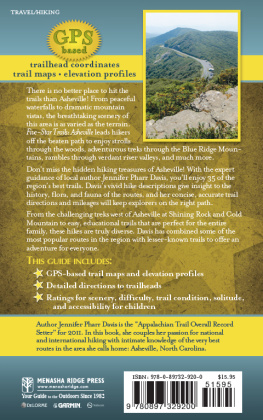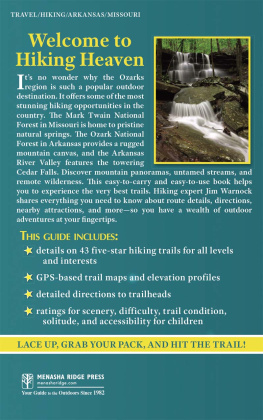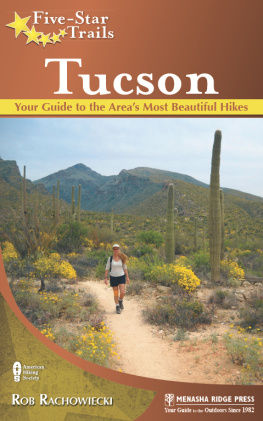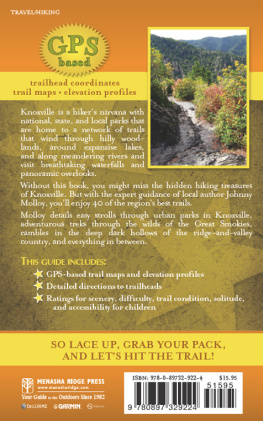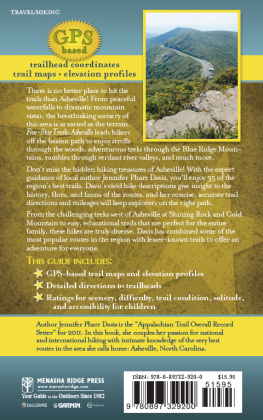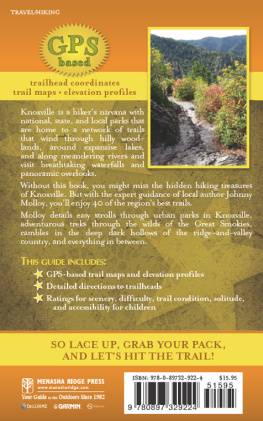

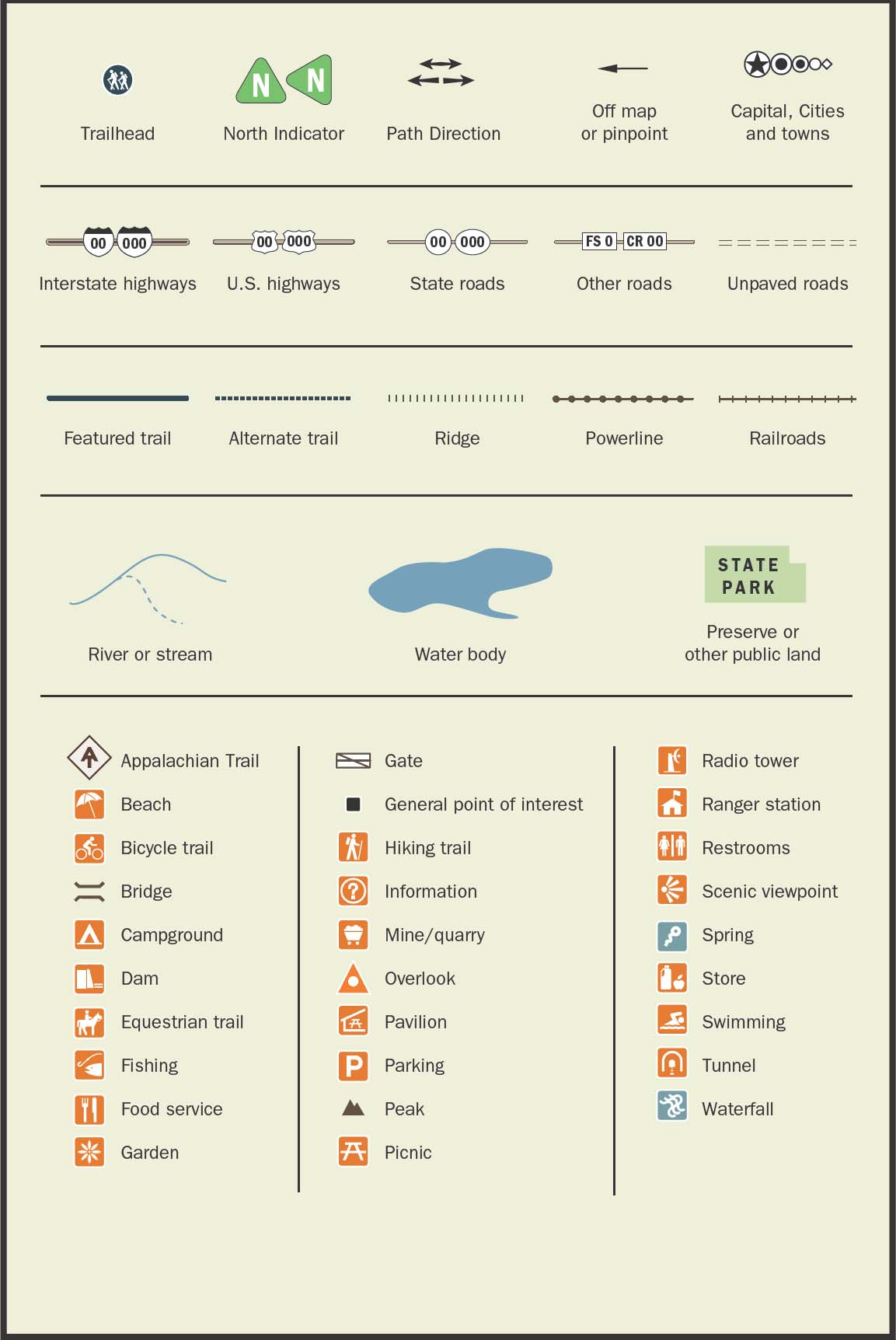

Five-Star Trails Asheville
Your Guide to the Areas Most Beautiful Hikes
Copyright 2012 by Jennifer Pharr Davis
All rights reserved
Published by Menasha Ridge Press
Distributed by Publishers Group West
Printed in the United States of America
First edition, first printing
Cover design by Scott McGrew
Text design by Annie Long
Cover photograph Joye Ardyn Durham/Alamy
All interior photographs by Jennifer Pharr Davis
Cartography and elevation profiles by Jennifer Pharr Davis and Scott McGrew
Library of Congress Cataloging-in-Publication Data:
Davis, Jennifer Pharr.
Five-star trails Asheville: your guide to the areas most beautiful trails/Jennifer Pharr Davis.
p. cm.
ISBN-13: 978-0-89732-920-0
ISBN-10: 0-89732-920-1
1. HikingNorth CarolinaAsheville RegionGuidebooks.
2. Asheville Region (N.C.)Guidebooks. I. Title.
GV199.42.N662A744 2011
917.5688dc23
2011037365
Menasha Ridge Press
P.O. Box 43673
Birmingham, AL 35243
menasharidgepress.com
DISCLAIMER
This book is meant only as a guide to select trails in and near Asheville, North Carolina. This book does not guarantee hiker safety in any wayyou hike at your own risk. Neither Menasha Ridge Press nor Jennifer Pharr Davis is liable for property loss or damage, personal injury, or death that result in any way from accessing or hiking the trails described in the following pages. Please be especially cautious when walking in potentially hazardous terrains with, for example, steep inclines or drop-offs. Do not attempt to explore terrain that may be beyond your abilities. Please read carefully the introduction to this book as well as further safety information from other sources. Familiarize yourself with current weather reports and maps of the area you plan to visit (in addition to the maps provided in this guidebook). Be cognizant of park regulations and always follow them. Do not take chances.
Dedication
To my grandparents, Jones and Polly Pharr, thank you for sharing your love of the outdoors with me.
And to my husbandalways.
Acknowledgments
It struck me while doing work for this guidebook that a lot of credit for the trails in and around Asheville should go to George W. Vanderbilt. The owner of The Biltmore House, he collected, preserved, and managed huge tracts of property as part of his estate and forestry school. Today those landholdings form a large percentage of Pisgah National Forest, and they also created a corridor for the southern portion of the Blue Ridge Parkway.
I want to thank the modern-day agencies that govern those former Vanderbilt holdings, along with the additional public lands and trails in Western North Carolina. A special nod goes to the private organizations and government bureaus that manage the 2,180-mile Appalachian Trail, the 1,000-mile Mountains to Sea Trail, and the 469-mile Blue Ridge Parkway: it is nice to know that your expedition doesnt have to end in Asheville.
Like other outdoor enthusiasts living in the region, I also am indebted to the hard-working employees who manage Pisgah National Forest, Bent Creek Experimental Forest, and the Shining Rock and Middle Prong Wildernesses. However, my biggest thanks goes to the countless volunteers who spend their time maintaining the hundreds of trails that wind through Western North Carolina. I especially appreciate the work of the trail maintainers within the Carolina Mountain Club. Thank you CMC for exploring, building, and maintaining the trails near Asheville for more than 80 years!
I also want to personally thank Diamond Brand Outdoors for helping people to get out and explore the wilderness in Western North Carolina and beyond. I am particularly indebted to Gary Eblen, the Community Outreach Coordinator at Diamond Brand, who served as a consultant on some of the hikes in this book.
And, finally, I want to thank my parents. When I was a young child, they got me started on many of the hikes mentioned in this book. I have many memories of struggling up a mountain slope behind my two older brothers, but I have no doubt that those early adventures gave me a love for the outdoors and the confidence to climb any mountain.
Preface
If you love to hike, there is arguably no better place to live and play than Asheville, North Carolina. I grew up in these mountains and spent many childhood hours outside with my parents and brothers on local trails. I remember thinking, when I was young, that the talking trees at Holmes Educational State Forest really spoke to me, that Mount Pisgah was possibly the tallest, most difficult mountain in the world, and that the coldest water on earth was found at Sliding Rock.
I never appreciated what a big part of my life these mountains and trails had become until I moved away from the region. Immediately, I began to miss the southern Blue Ridge Mountains and soon I realized that these ancient mountains were calling me home. These peaks offer more than just a pretty view or a place to exercise. These mountains are wise overseers who mark the passing of time with delicate springtime buds, the consuming green of summertime, a canopy of fall colors, and a naked vulnerability in winter.
After hiking in many other parts of the United States and on other continents, I often hear people comment that the southern Appalachian Mountains are not as stunning or dramatic as other wilderness areas. I disagree. The mountains around Asheville are some of the oldest and most biodiverse in the world. There may not be a breathtaking mountain vista around every corner, but the intricacies found within the forest shelter can keep a child occupied for hours. It is as if the Appalachian Mountains hold their secrets a little closer, and reveal them to those who are willing to take the time to explore the terrain.
The challenge for hiking within the Blue Ridge is often much greater than that found in higher mountains. There are more roots, rocks, and texture on the trails near Asheville than on the paths in the proximity of other mountain towns. And despite millions of years of erosion wearing down these surrounding mountains, Western North Carolina can still claim Mount Mitchell, the highest mountain east of the Mississippi River.
The region boasts multiple long-distance trails. They include, of course, the Appalachian Trail, which is arguably the most famous footpath in the world, and also the Mountains to Sea Trail. The latter connects the Great Smoky Mountains of Western North Carolina with the white sand dunes at the eastern end of the state. Near Asheville, the Mountains to Sea Trail parallels the ever-popular Blue Ridge Parkway. That national scenic road provides a direct gateway to nature for many of the residents of Asheville and the surrounding areas.

A MIGRATING BUTTERFLY RESTS ON A SNAKE ROOT PLANT.
I chose the hikes in this book to showcase the highlights in and around Asheville. I made every attempt to combine the well-known favorites of the region with those less-traveledbut comparably scenicroutes. Although the hiking in this region is not considered easy when compared with the rest of the U.S. Southeast, the guidebook covers hikes with a wide array of distances, terrains, and difficulties to suit all ages and skill levels. Many of the trail descriptions include suggestions for extending or shortening the prescribed route, providing even more choices.

